Content:
Russia is a country in which the main culinary spices that grow in the garden are dill, basil, parsley, cilantro and green onions. Parsley is one of the most common spices grown by almost all gardeners.
Description
Two types of plants grow in the dachas: root and leaf. In turn, the leaf can be normal and curly.
Parsley is a healthy, perennial green vegetable that grows for two years. In the first year, she gives a leaf rosette and a root crop, and in the second, an umbrella with seeds appears. Flowering time is June-July.
The seed has an oblong-ovoid shape. Outside, it is covered with essential oil, which prevents the penetration of water into the seed.
Parsley has an erect stem, from 30 to 100 cm in height, with shiny, triangular, double - and triple crossed leaves. The curly look has rounder and more excised leaves. As it grows, the leaf takes on a clearly visible wavy shape. The color of this species is darker.
Unlike the common type, curly parsley has a more attractive appearance, is better stored, stretches less, but its leaves are harder and less aromatic. Due to its peculiar shape, the moisture loss of greens is much less than that of ordinary ones, so it tolerates drought better.
The chemical composition of parsley
Greens contain a large amount of ascorbic acid (up to 0.2%), carotene (up to 0.01%), mineral salts, essential oils (up to 0.3%), flavonoids, proteins, carbohydrates, phytoncides, etc.
It also contains vitamins and substances:
- A, E, K;
- B1 or thiamine;
- B2 or riboflavin;
- fat-soluble retinol;
- B3 or nicotinic acid;
- B6 or pyridoxine;
- iron;
- potassium;
- magnesium;
- calcium;
- phosphorus;
- sulfur;
- copper, etc.
Thus, when parsley is added to various culinary dishes, the body receives a large amount of nutrients. In addition, dishes with added spice acquire a peculiar aroma.
The largest amount of essential oils is contained in the seeds of the plant and ranges from 2 to 7%. The main component of the oil is apiol.
According to the changes in the SanPiN "Hygienic Requirements for the Safety and Nutritional Value of Food Products," since 2011, curly parsley has been ranked among the group of plants that contain potent narcotic and poisonous substances.
However, according to the chief narcologist of the Ministry of Health and Social Development of the Russian Federation, no one is going to prohibit the cultivation of parsley in Russia. Therefore, curly parsley can be grown in summer cottages. The law can punish and lock up in places not so remote only those gardeners who grow plants in large quantities to obtain and sell seeds.
Using parsley
The spice is used in cooking, folk medicine, cosmetology.
The annual root and leaves are used as a spice for first and second courses.
Parsley has a diuretic, antispasmodic, bactericidal, diaphoretic and choleretic effect. It is used to relieve edema of cardiac origin, increase the amount of milk in nursing mothers, for liver and kidney diseases.
It is also used for diseases of the endocrine, genitourinary and circulatory systems; it improves vision, digestion, normalizes water-salt balance, etc.
Features of the use of parsley
Spice can have not only a beneficial effect on the body, but also harmful.
The essential oil contains the substance myristicin. If you consume a large amount of parsley, then an overdose of this component is possible, which causes nausea and dizziness.
Also, you should not use the plant for sick people with kidney pathologies: nephritis, cystitis, gout, with urolithiasis.
If used in large quantities, it can cause miscarriage in pregnant women.
In addition, its use is not recommended for violations of calcium metabolism in the body or for inflammatory processes in the acute period.
Growing spices
Since the plant is not on the list of narcotic substances or on the list of narcotic plants, the cultivation of leafy curly parsley is not prohibited, so the use of spices cannot harm a person.
One of the most common varieties is Mooskrause 2 parsley. This variety has a large semi-spreading leaf rosette.
For the production of greenery, both a garden bed and a window sill are suitable.
The seeds can be bought at any specialty store or collected by yourself.
Usually seed germination period is 15-20 days. However, it can be shortened by removing the essential oil that covers the seed. For this, the seeds are kept in hot water or placed in vodka for 15-20 minutes and then thoroughly washed.
Planting culture
The Mooskrause parsley is planted from early spring to early August. If planted in early spring, then to accelerate the germination of the beds, it is first spilled with hot water, and after sowing, it is covered with spunbod or other covering material. Podzimny sowing is also allowed, which is carried out in the second half of October.
For an early harvest, you can plant the plant through seedlings that are grown at home or in a greenhouse.
For growing seedlings, containers and boxes are used. In the soil, grooves are made for the entire length of the container, with a depth of about 1-1.5 cm. After planting, the box is covered from above with a plastic wrap, which is removed after the first true leaf appears.
After the end of the spring frost period, the seedlings are planted in a permanent place.
The spice loves loose and light earth, rich in organic matter. The soil may be of normal acidity or slightly acidic. You should not lay the garden bed after cruciferous vegetables have grown on this place. With the help of this crop, you can green areas of the garden, which have already been harvested. The benefits of such a landing will be twofold:
- firstly, caring for Moskrauz parsley in this area will not allow weeds to grow,
- secondly, you can get an additional harvest of green vegetables.
Parsley care rules
Caring for the plant consists in timely watering, thinning and feeding. Organic fertilizing is carried out twice a season.The first one - after the appearance of 2 leaves, and the second - after two weeks. Loosening is performed 3-4 times during the whole season.
When cutting the leaves, it is impossible to remove more than a third of them from one bush, as it must have the strength for further recovery. Also, if the plant has thrown an umbrella, then it must be removed (unless this plant is uterine and is not intended to receive seeds). Unlike ordinary parsley, in curly parsley new leaves grow from the center of the rosette.
Thus, parsley is one of the most important green vegetables that must be on every table. The richness of the chemical composition of roots and leaves, easy planting care, frost resistance and drought resistance make this crop a desirable plant in the dachas and vegetable gardens of Russians.
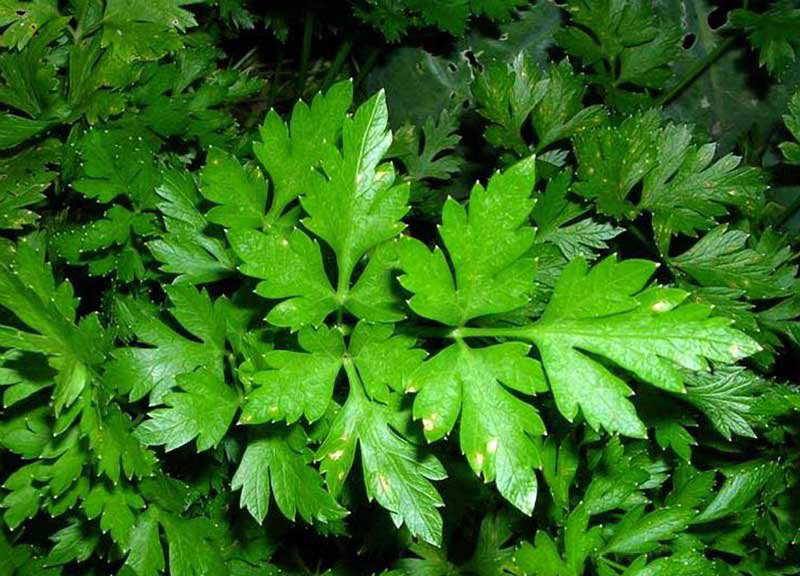
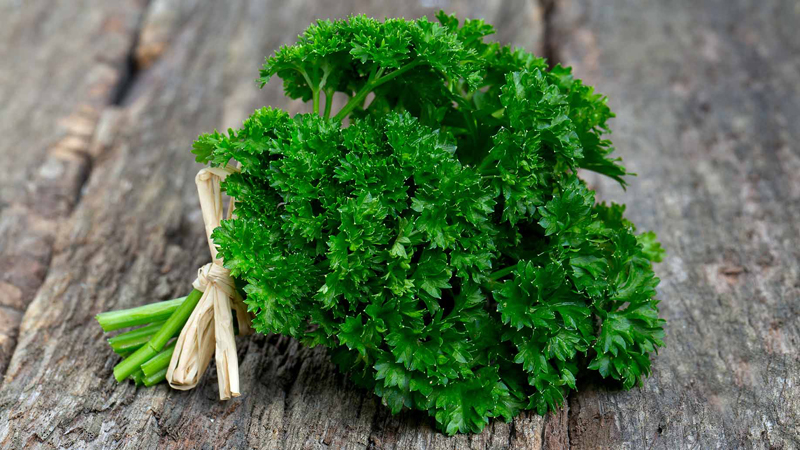
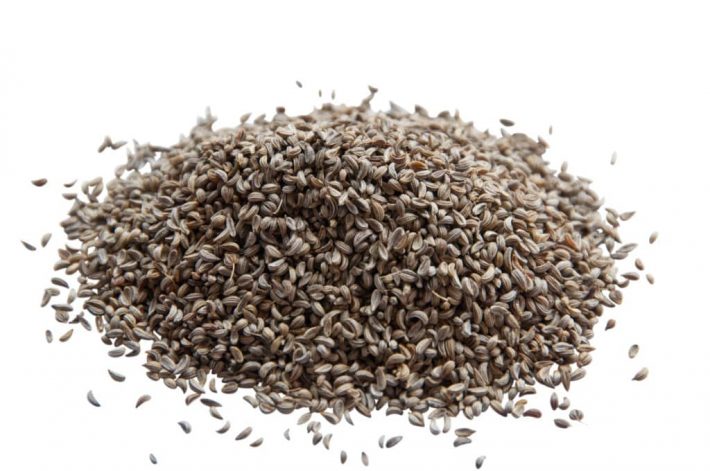


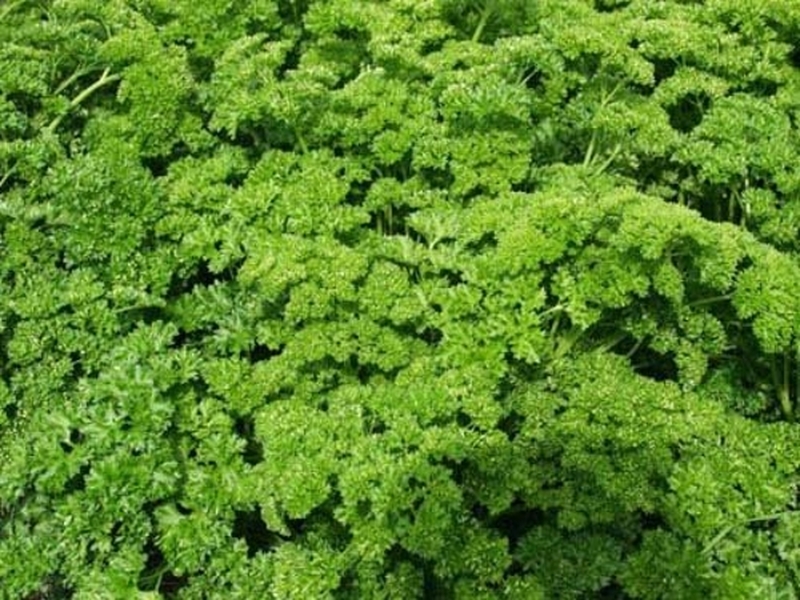
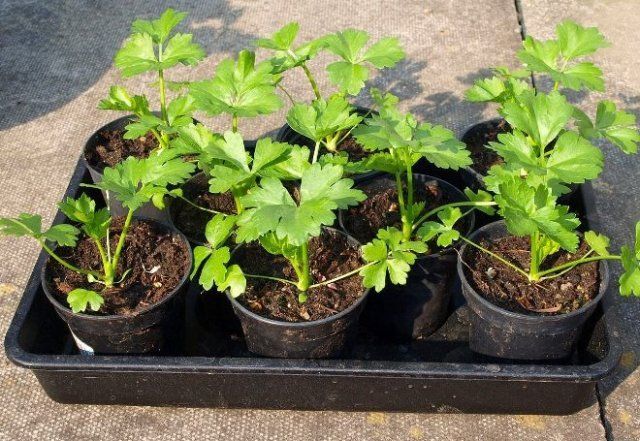
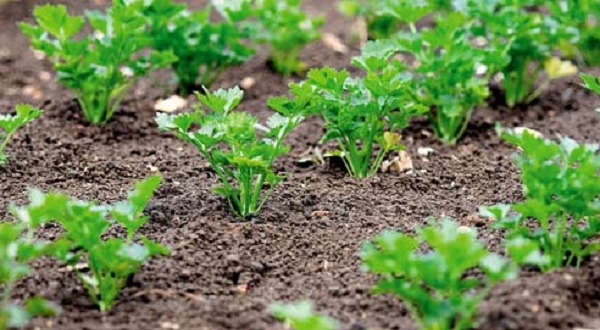
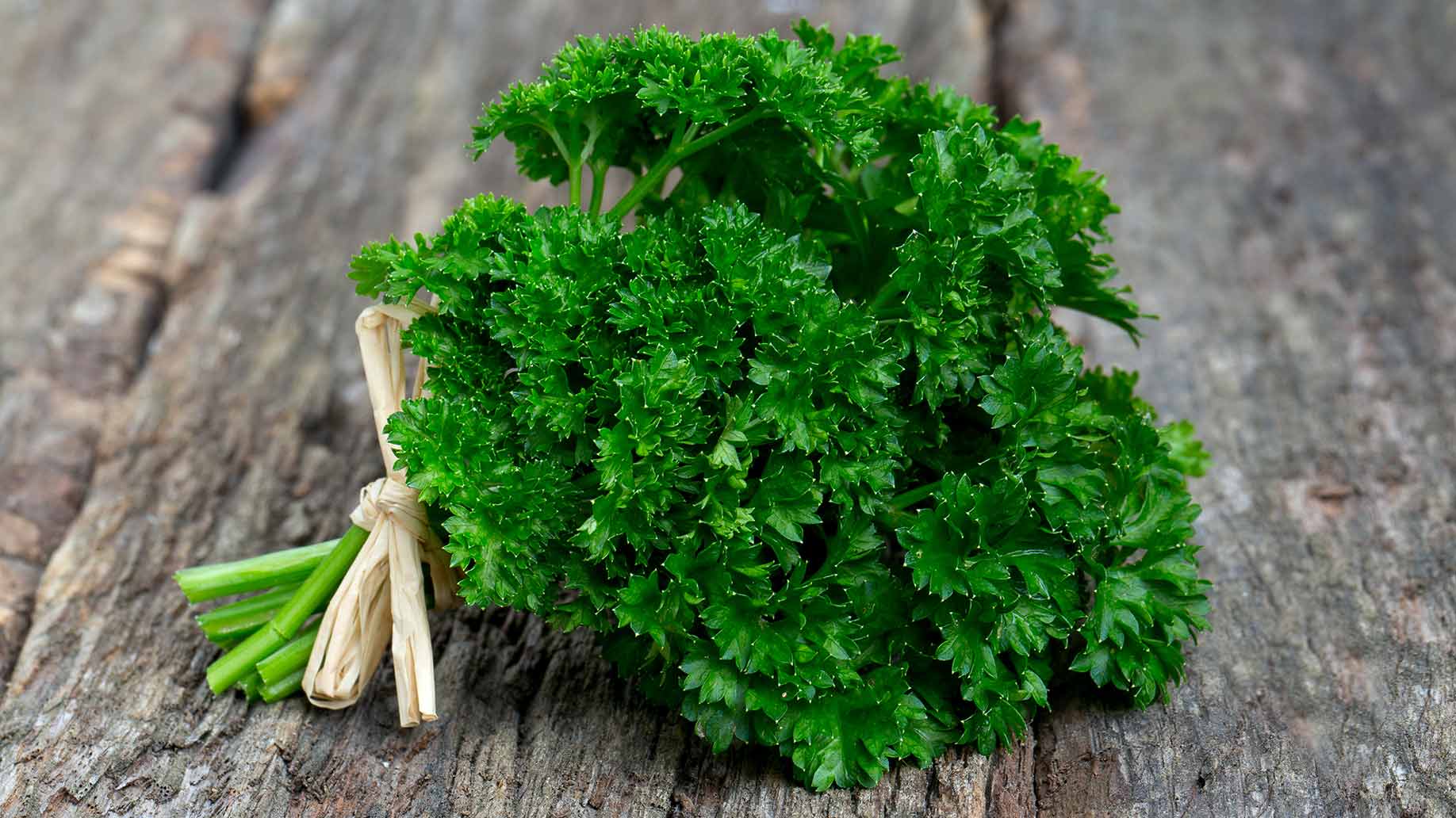
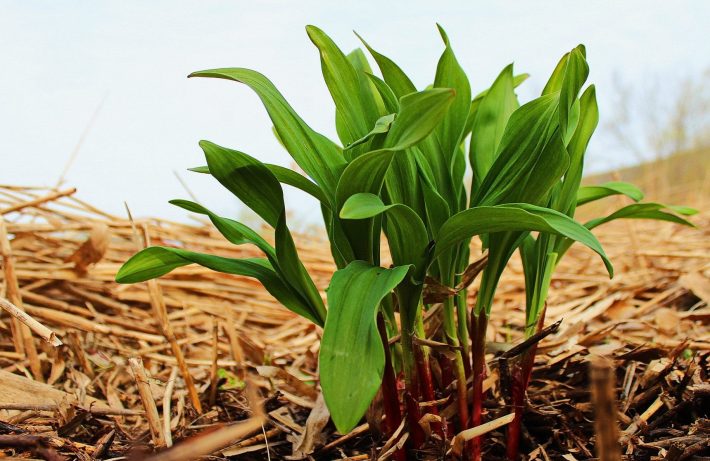
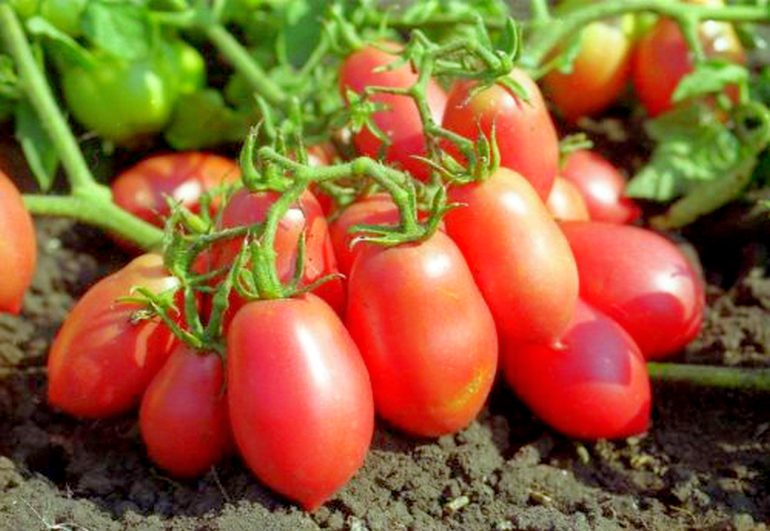
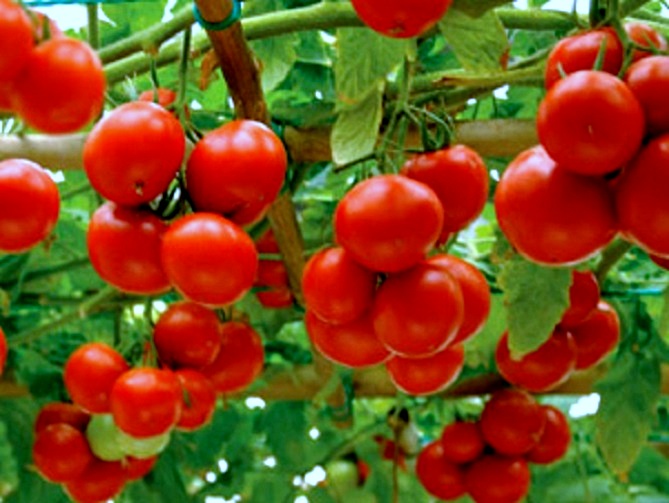
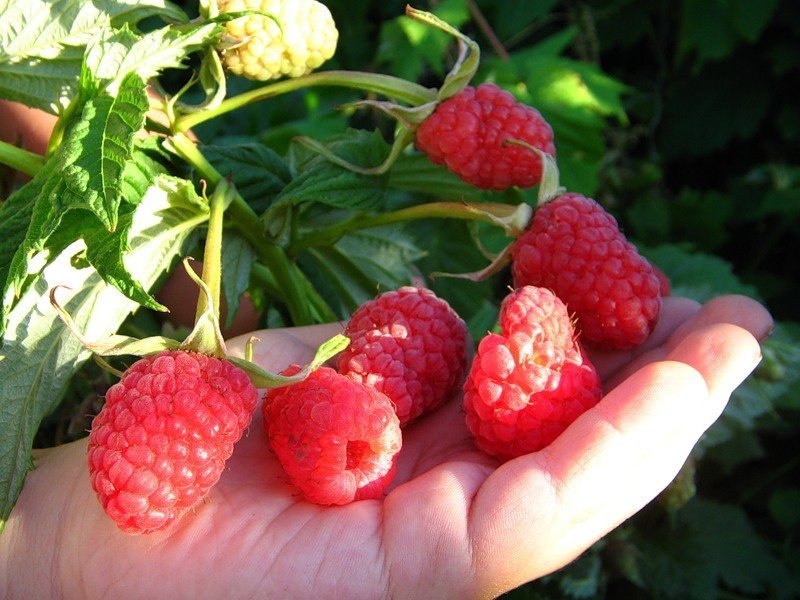
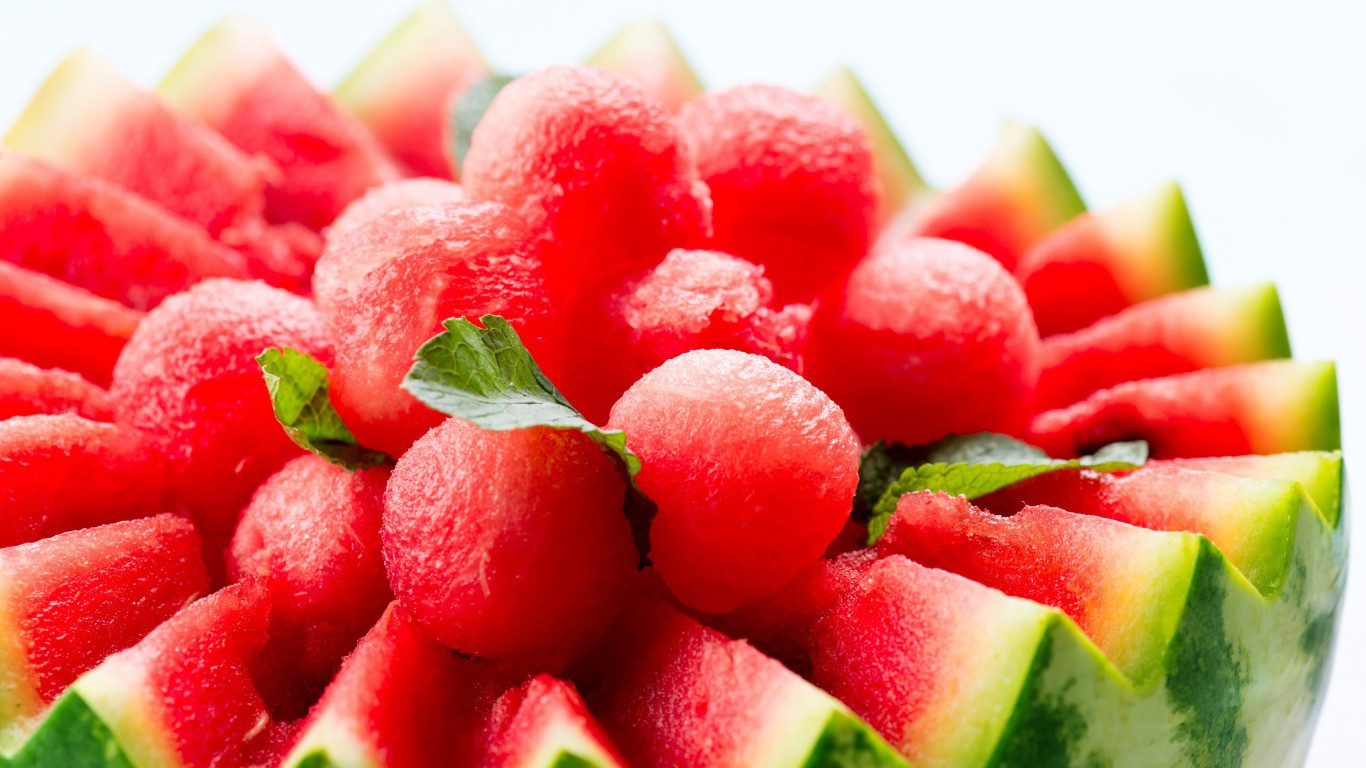







And why is curly parsley banned in Russia? Author, propose your candidacy for the Ukrainian media.